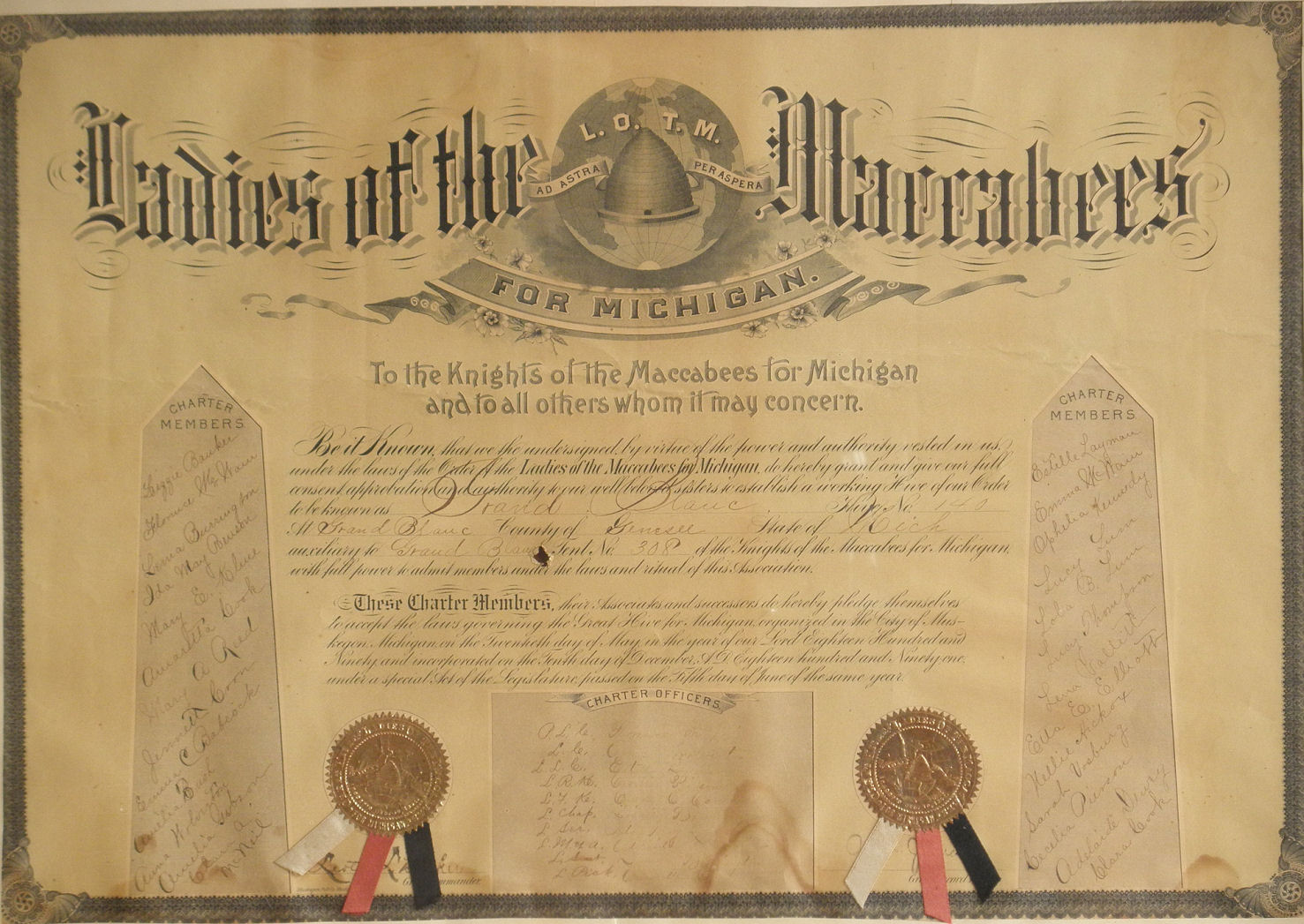What do you see as the most important thing you learned about immigration in the late 19th century? why?
I learned that in the late 19th century was the beginning of laws against immigration. An example of this being the chinese exclusion act, this casted the chinese already in America out and the ones hoping to come, their dreams were postponed for the time being. The formation of the laws against immigration is the most important because we still face problems with immigration today. We need to know the history of our immigration and the laws that made them that way to understand what is happening today and how to handle that with the laws we have in place or that are potentially coming into place.
What do you see as the most important thing you learned about immigration today? Why?
I think the green card / visa process is the most important thing to look at. Before learning about it in this class and my own interest after this class I did not know much about it, and I am a US birthright citizen We blame a lot of our problems on the immigrants who do not try to get into the US system but while I think that the excessive and illegal immigrants are partially due to the length and disorganization of the system. Most americans do not know what goes into the green card/visa system and having such a large powerful country should make us keep our plans and process for citizenship, respectful and hold the power it deserves but also some organization.
What do you see as the 2 most challenging aspects of living in the 19th century urban settings and how would you evaluate Americans’ success (either as individuals or collectively) in meeting those challenges?
The over crowdedness and lack of sanitation/safety. Living conditions with numerous people in small spaces was what led to disease and epidemics killing thousands. The work conditions in factories (the only source of work basically) due to the many people working in the factory and the uncleanliness of the factory. This led to many deaths of workers that were just trying to make money for families. The lifestyle was dirty,unhealthy and unproductive for the human kind of the cities. I think the americans did what they could to survive, they had to live with what was given or offered because unless you had a lot of money, in those urban places you would not have found anything much better.
One could argue that the effort to build the Highline has some things in common with late 19th and early 20th century progressivism. Use your knowledge of progressivism to identify those similarities being sure to discuss specific details from the film
Then demonstrate your knowledge of the nature and context of the Progressive movement by explaining how the effort to build the highline is dissimilar from progressivism.
In the late 19th and early 20th century progressivism there was the city beautiful movement, the point was to make urban settings filled with tall buildings and city blocks have a sense of nature and to look presentable with a bit of landscaping and natural recreational places. This is similar to the highline they took what was the old industrial railroad to make an outdoor park for the citizens of NYC to enjoy and they have loved it and embraced and it is a part of NYC culture. The highline incorporates so much history art and science that it is a learning experience and really furthers your mind to what city life is all about. An older example would be Central Park, also in NYC this world renowned park was created in the times of the city beautiful movement. Central Park enjoyed by millions each year, is still today is a representation of what came out of a progressive filled idea. Something dissimilar would be that progressives did not like big businesses and I think that the help and support and big aid from the powers surrounding and helping in the building of the highline park would shock our historical progressivists, these big powers include: The Standard Hotel and CSX transportation.








